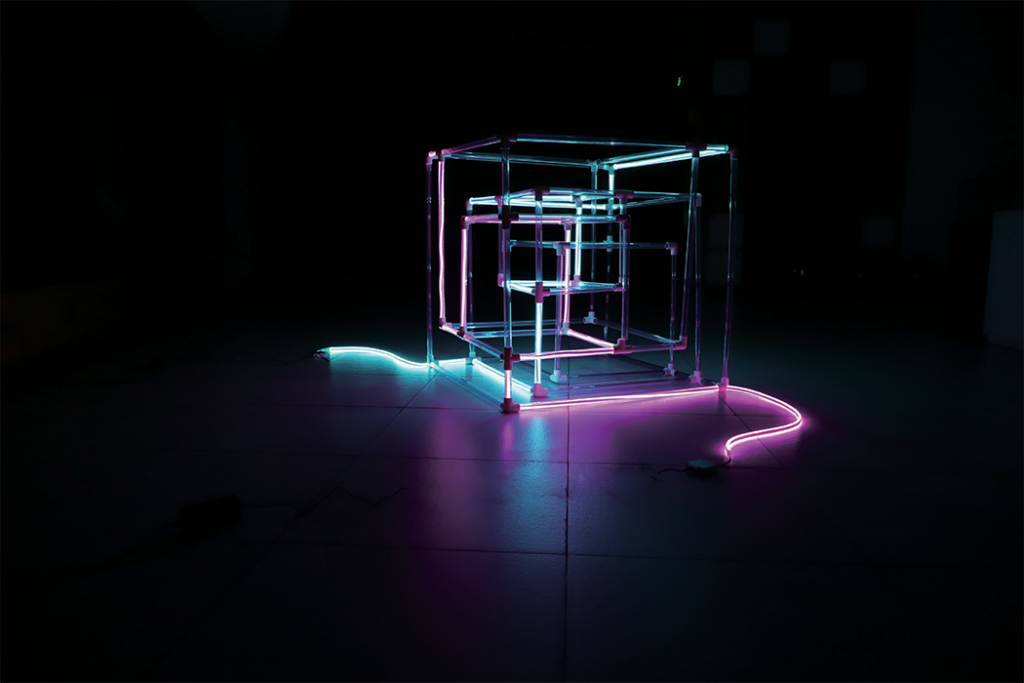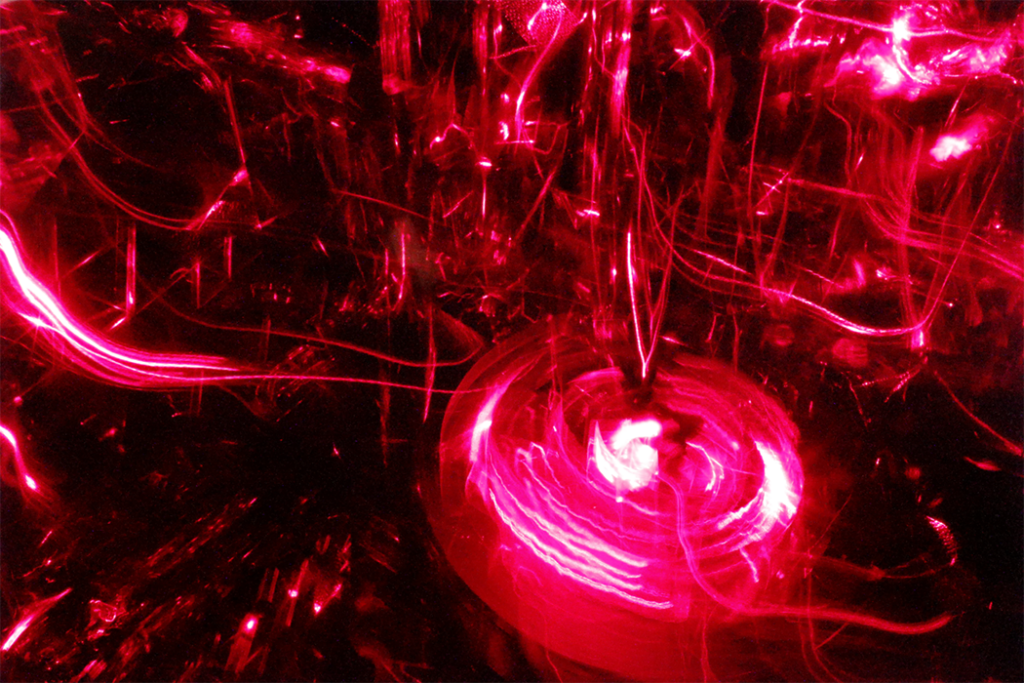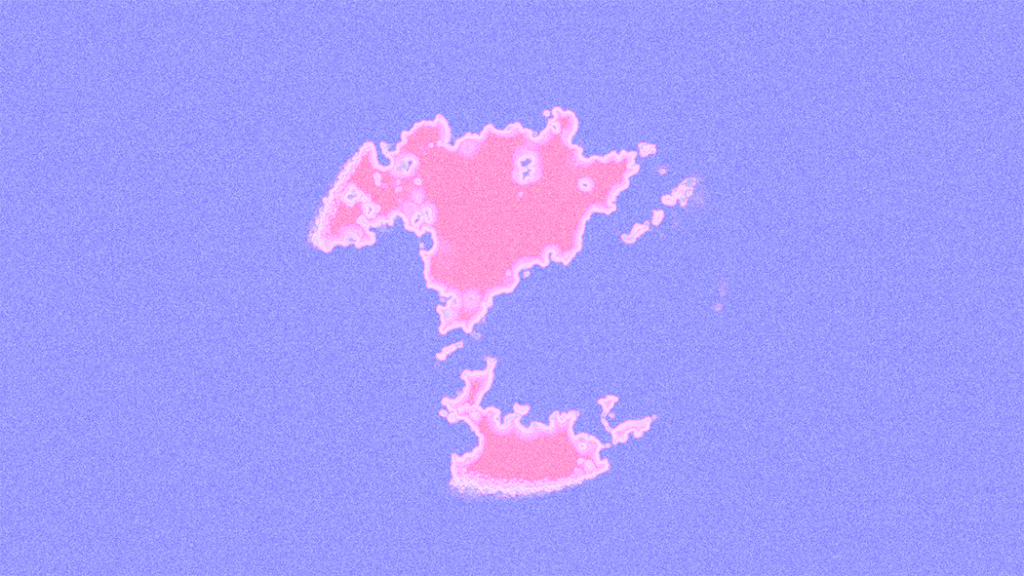Jinyun Li
Year of birth: 1999.
Where do you live: Miami, US.
Your education: MFA.
Describe your art in three words: Innovative, Immersive, Expressive.
Your discipline: ux design, digital art, 3D modeling, animation, and installation art.
Website | Instagram
Can you tell us about your journey into the world of art and design? What inspired you to pursue a career in this field?
My journey into art and design began in my childhood, where I was always surrounded by creativity and expression. My parents encouraged my interest in drawing and crafting from a young age. As I grew older, I became fascinated by how art could communicate complex emotions and ideas. This passion led me to pursue formal education in design, and eventually to a career where I could blend my love for art with practical applications in UX and product design.
 Jinyun Li | Maze | 2019
Jinyun Li | Maze | 2019
Your work spans across various mediums, including painting, sculpture, and digital art. How do you decide which medium to use for a particular project?
The choice of medium often depends on the nature of the project and the message I want to convey. For instance, if a project demands a tactile and immersive experience, I might lean towards interactive installation. Digital art is my go-to for projects that require precision and the ability to iterate quickly. Painting, on the other hand, allows me to explore more abstract and emotional concepts. Each medium has its own strengths, and I choose based on which can best bring my vision to life.
As a Product UX Designer, how do you integrate your artistic vision with user experience principles in your projects?
Integrating artistic vision with user experience principles is about finding a balance between aesthetics and functionality. I start by understanding the users’ needs and behaviors, then blend this understanding with creative design elements that enhance the overall experience. It’s about creating interfaces that are not only beautiful but also intuitive and easy to use. My background in art helps me approach problems with a unique perspective, allowing me to create innovative and visually engaging solutions.
 Jinyun Li | Redshift | 2019
Jinyun Li | Redshift | 2019
Your education at Parsons School of Design must have been quite influential. How did your time there shape your artistic and design philosophies?
Parsons School of Design was instrumental in shaping my approach to both art and design. The curriculum emphasized critical thinking, experimentation, and the importance of context in design. I was exposed to a diverse range of ideas and perspectives, which broadened my understanding of what design can achieve. The collaborative environment at Parsons also taught me the value of feedback and iteration, which are essential to my creative process today.
Your work often explores the intersection between design and technology. Can you elaborate on how you approach this theme in your projects?
I approach the intersection of design and technology by focusing on how technology can enhance the human experience. In my projects, I often experiment with new tools and platforms to create interactive and immersive experiences. The goal is always to use technology as a means to amplify the impact of the design, making it more engaging and accessible.
 Jinyun Li | Island
Jinyun Li | Island
How does being based in Miami influence your work and creative process?
Miami’s vibrant culture and dynamic environment have a significant impact on my work. The city’s diverse community and rich art scene provide endless inspiration. The natural beauty of Miami, from its beaches to its architecture, often finds its way into my projects, adding a unique local flavor. Additionally, being in a city that embraces innovation and creativity encourages me to push the boundaries of my work and continuously explore new ideas.
How do you see the relationship between technology and art evolving in the future?
I believe the relationship between technology and art will continue to grow stronger and more symbiotic. As technology advances, it will open up new possibilities for artistic expression and creativity. Artists will have more tools at their disposal to create interactive, immersive, and personalized experiences. Additionally, technology will make art more accessible to a wider audience, breaking down traditional barriers and allowing for greater collaboration across disciplines. The future of art and technology is one of limitless potential and exciting innovation.

Leave a Reply
You must be logged in to post a comment.